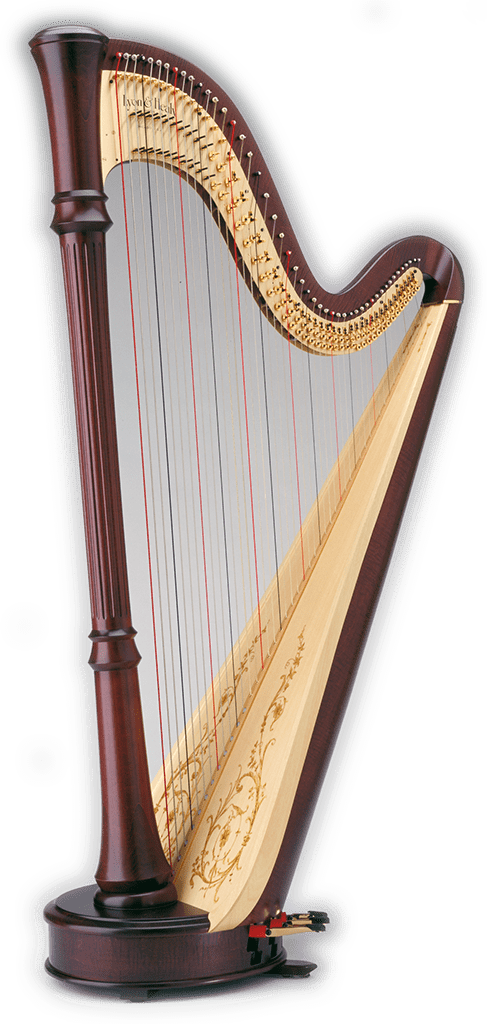Cady, Hariette, Oriental Dance |
 |
 |
|
|
| Oriental Dance |
| 1 Available |
A dance in an Eastern style for two intermediate level pedal harpists. This original work, composed by Hariette Cady is a fun and rousing duet for any harp recital! The first harp part consists of an energetic melody while the second harp plays a rhythmic accompaniment in fifths. The middle section of the piece features a more delicate melody for first harp while second harp plays a series of overlapping glissandos. The original melody returns for a rousing finish. |
|
|
A dance in an Eastern style for two intermediate level pedal harpists. This original work, composed by Hariette Cady is a fun and rousing duet for any harp recital! The first harp part consists of an energetic melody while the second harp plays a rhythmic accompaniment in fifths. The middle section of the piece features a more delicate melody for first harp while second harp plays a series of overlapping glissandos. The original melody returns for a rousing finish. |
|
|
Liszt, Franz; arr. Piana, Otherworldly Musings |
 |
 |
|
|
| Three pieces by Franz Liszt transcribed for harp by Dominique Piana |
| 4 Available |
These pieces are hauntingly beautiful, experimenting with various tonalities. The notes are intermediate level, however there are a great deal of pedal changes. 12 pages. |
|
|
These pieces are hauntingly beautiful, experimenting with various tonalities. The notes are intermediate level, however there are a great deal of pedal changes. 12 pages. |
|
|
Wagner, Richard, Overture to Flying Dutchman Harp Part |
 |
 |
|
|
| Overture to Flying Dutchman Harp Part |
| 1 Available |
The harp part for Richard Wagner's Overture to Der fliegende Hollander (The Flying Dutchman). This Overture, composed in 1839, opens with a popular 'storm' or 'ocean' theme and includes many of the lietmotifs heard later in the opera. |
|
|
The harp part for Richard Wagner's Overture to Der fliegende Hollander (The Flying Dutchman). This Overture, composed in 1839, opens with a popular 'storm' or 'ocean' theme and includes many of the lietmotifs heard later in the opera. |
|
|
|





